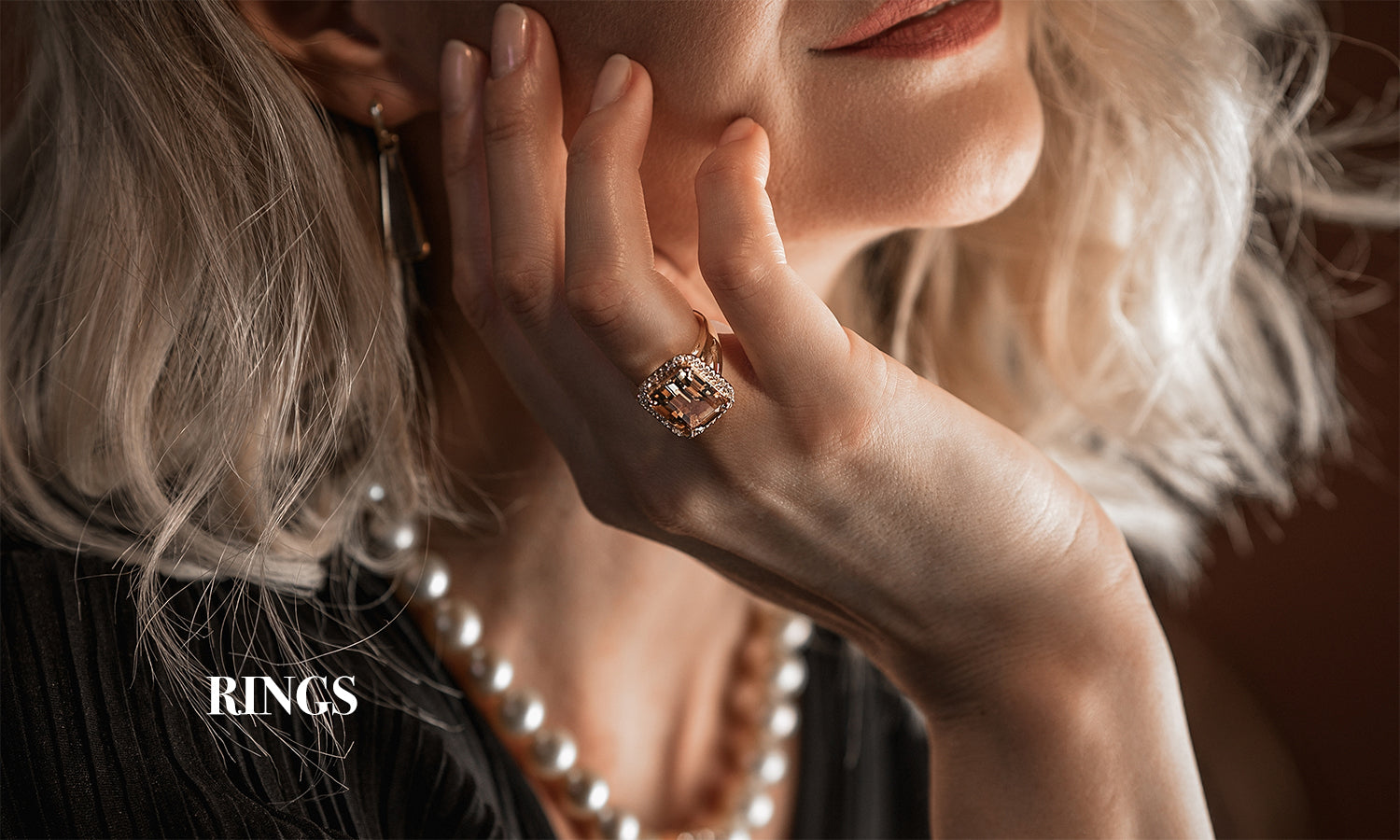In recent years, the jewelry industry has undergone a significant transformation, largely driven by the advent and increasing popularity of lab-created diamonds. These synthetic gems have revolutionized the market, offering a sustainable, ethical, and cost-effective alternative to natural diamonds. This article explores the key aspects of this revolution and why lab-created diamond jewelry is becoming the preferred choice for many consumers.
|
Aspect |
Lab-Created Diamonds |
Natural Diamonds |
|
Ethical Concerns |
Produced in controlled environments, no conflict |
Often associated with conflict and human rights abuses |
|
Environmental Impact |
Lower environmental footprint |
High environmental degradation |
|
Cost |
20-40% less expensive |
Generally more expensive |
|
Quality |
Identical to natural diamonds |
Variable quality |
|
Customization |
High level of customization possible |
Limited by natural availability |
|
Market Trends |
Growing popularity, especially among younger consumers |
Traditionally preferred but facing competition |
|
Technological Progress |
Advanced methods producing high-quality gems |
Traditional mining and cutting methods |
What Are Lab Created Diamonds?

Lab-created diamonds, also known as synthetic or cultured diamonds, are man-made gemstones that possess the same physical, chemical, and optical properties as natural diamonds. They are created in laboratories using advanced technological processes that replicate the conditions under which natural diamonds form in the Earth's mantle. The two primary methods used are High Pressure High Temperature (HPHT) and Chemical Vapor Deposition (CVD).
Why Choose Lab Created Diamond Jewelry

1. The Ethical Choice
One of the most compelling reasons for the rise of lab-created diamonds is their ethical appeal. Natural diamond mining has long been associated with environmental degradation and human rights abuses, including child labor and funding of conflict (commonly referred to as "blood diamonds"). Lab-created diamonds, on the other hand, offer a guilt-free alternative. They are produced in controlled environments, ensuring transparency and adherence to ethical labor practices.
2. Environmental Impact
The environmental footprint of lab-created diamonds is significantly smaller than that of mined diamonds. Diamond mining involves extensive land excavation, water usage, and carbon emissions. In contrast, producing diamonds in a lab consumes less energy and results in minimal environmental disruption. For eco-conscious consumers, lab-created diamonds represent a sustainable choice that aligns with their values.
3. Cost-Effectiveness
Lab-created diamonds are typically 20-40% less expensive than their natural counterparts. This price difference is not due to a lack of quality but rather the reduced cost of production and supply chain efficiency. Consumers can enjoy the same brilliance and durability of natural diamonds at a fraction of the cost, making luxury more accessible.
4. Technological Advancements
The technology behind lab-created diamonds has advanced rapidly, enhancing the quality and availability of these gems. Initially, synthetic diamonds were distinguishable from natural ones due to minor differences in crystal growth patterns. However, with improved methods, it has become nearly impossible to differentiate between the two without specialized equipment. This technological progress has fueled consumer confidence and market acceptance.
5. Customization and Innovation
Lab-created diamonds offer unparalleled opportunities for customization. Since they are created in a controlled environment, it is easier to produce diamonds in a variety of shapes, sizes, and colors. Jewelers can experiment with unique designs and bespoke pieces that cater to individual tastes. This level of customization was previously difficult to achieve with natural diamonds due to their inherent variability and rarity.
Market Trends and Consumer Preferences

The market for lab-created diamond jewelry is experiencing robust growth. Millennials and Gen Z, in particular, are driving this trend due to their strong preference for ethical and sustainable products. Additionally, the affordability and customizable nature of lab-created diamonds appeal to these generations, who prioritize individuality and conscious consumption.
The Future of Lab Created Diamonds

The future of lab-created diamonds looks promising as technological advancements continue to improve the efficiency and sustainability of production methods. As consumer awareness and acceptance grow, it is likely that lab-created diamonds will become even more mainstream. Jewelers and retailers are increasingly offering these alternatives, and major brands are incorporating lab-created diamonds into their collections.
Conclusion
Lab-created diamond jewelry represents a revolutionary shift in the gemstone industry, providing ethical, sustainable, and cost-effective alternatives to natural diamonds. As technological advancements continue and consumer preferences evolve, lab-created diamonds are poised to play a significant role in the future of fine jewelry. Embracing these gems not only supports ethical and environmental values but also allows consumers to enjoy the timeless beauty and brilliance of diamonds without compromise.





